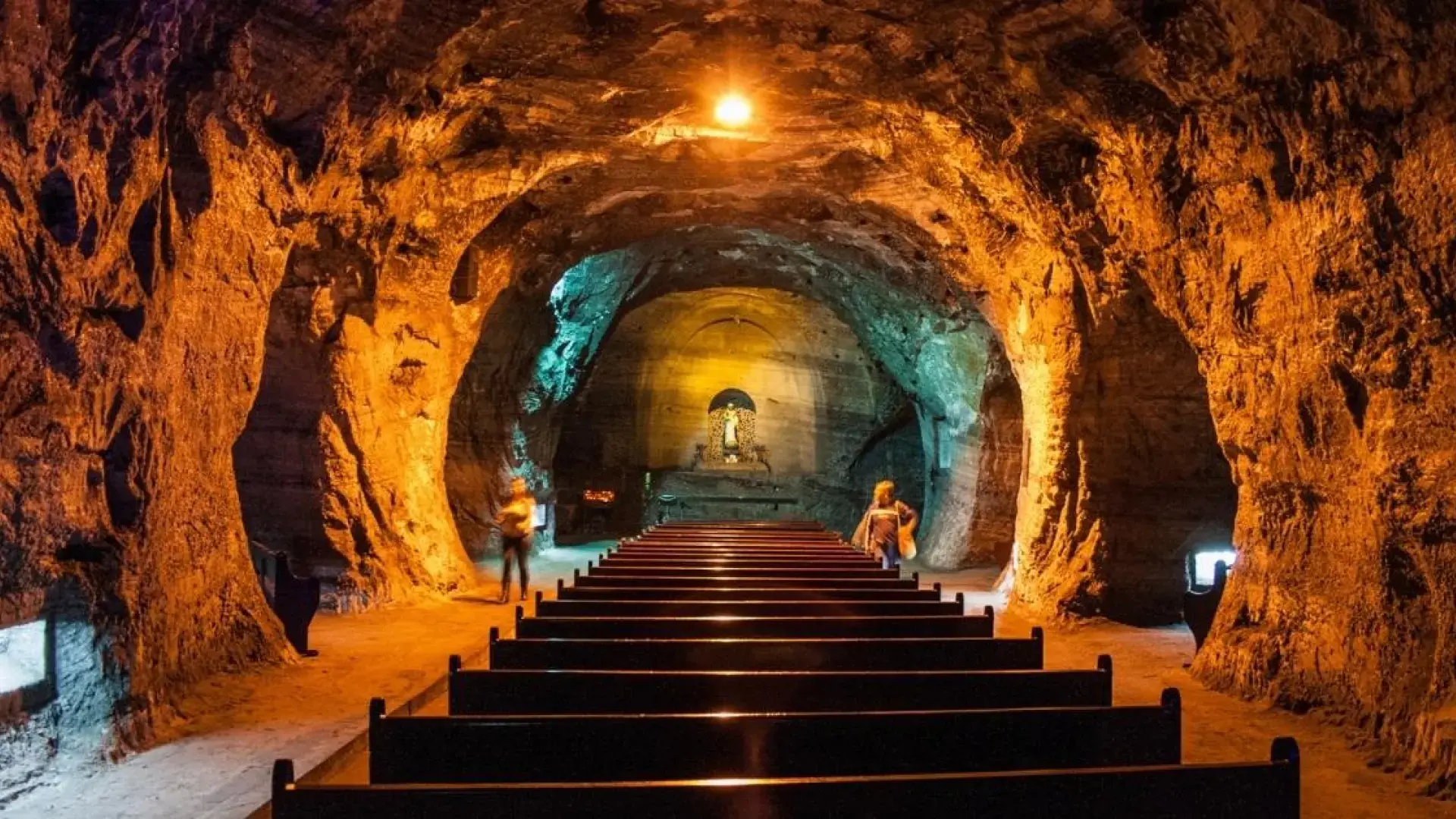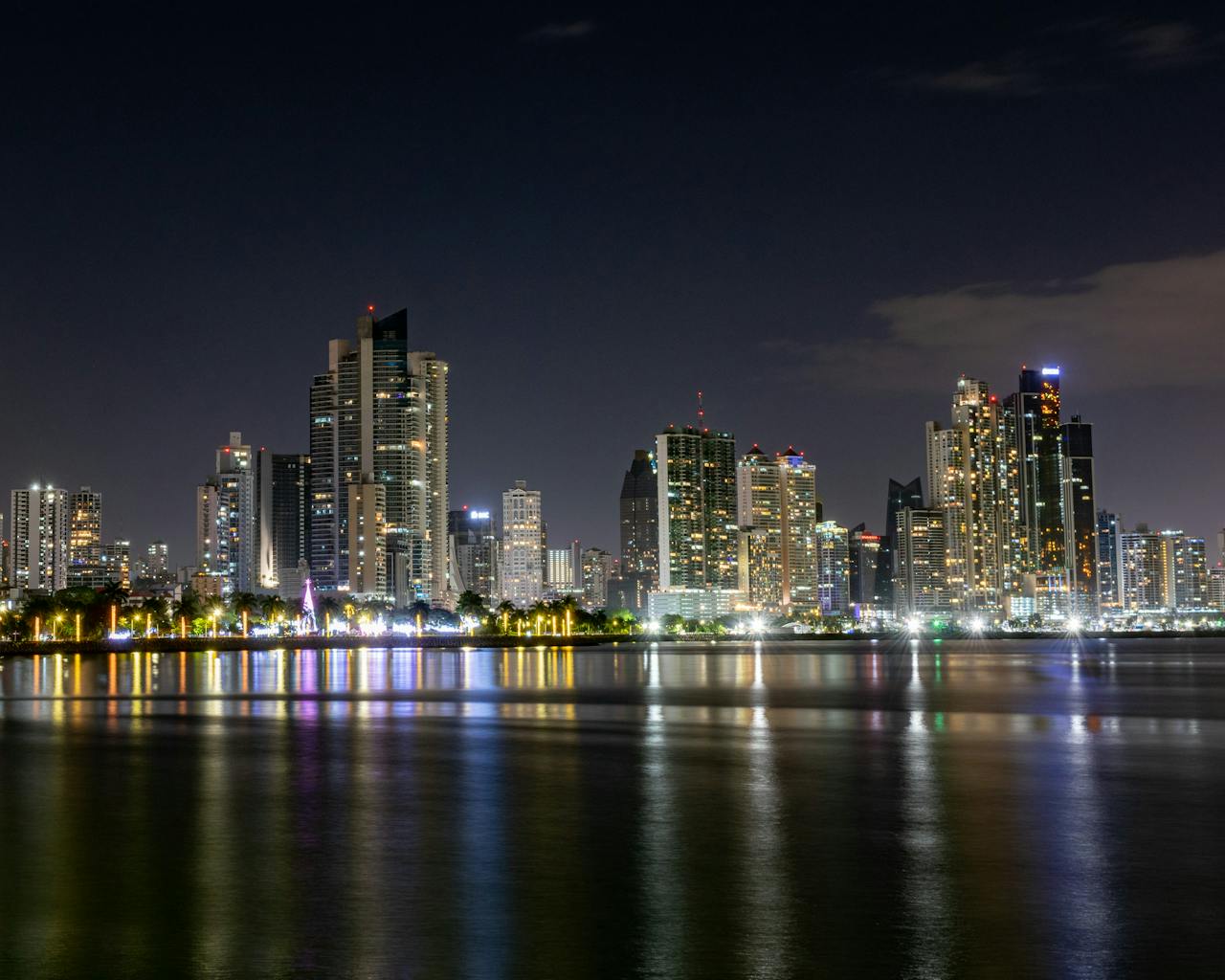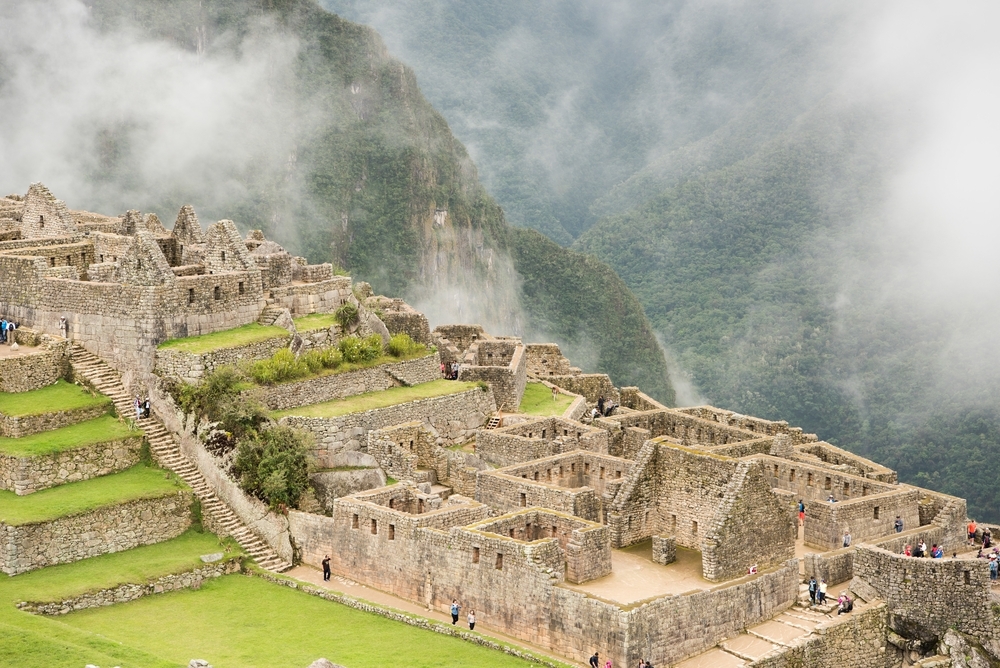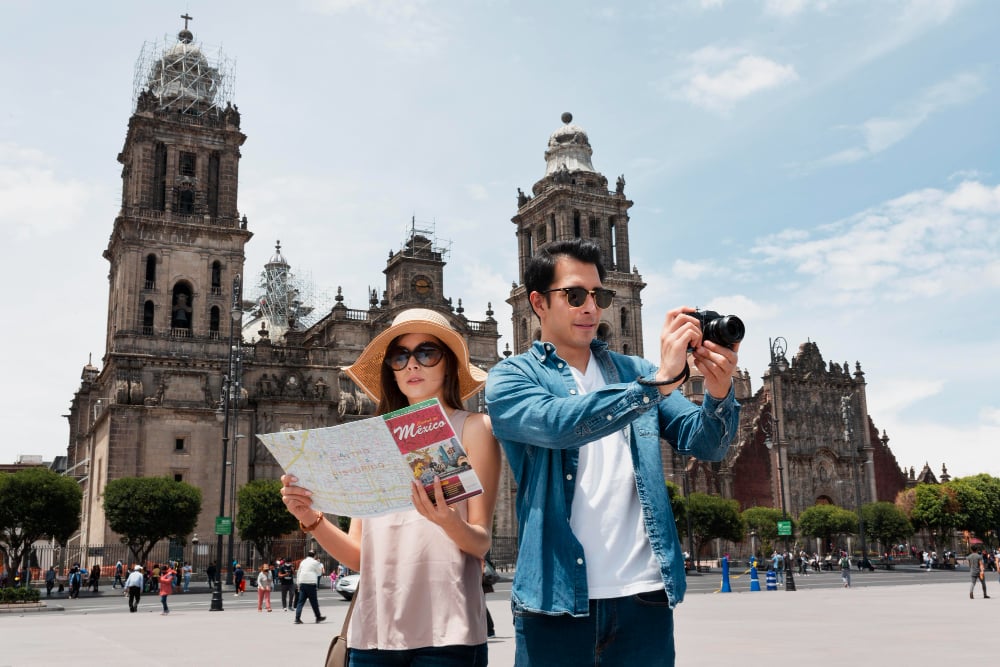Lima is a city full of charm and classical beauty. One of its most outstanding features is its monumental Spanish architecture, where visitors are often mesmerized by baroque, renaissance, and ecclesiastical styles.
That’s why deciding what to see in downtown Lima can be challenging without a clear plan. Many travelers miss iconic landmarks, the most comfortable accommodations in Lima, and the best places to experience the city’s gastronomy. So, what shouldn’t you miss on your next visit?
In this article, we’ll guide you through the essential things to see in Lima’s historic center and explain why it’s known as the “City of Kings.”
Lima, the City of Kings: History at Every Turn
Lima received its royal nickname because it was founded on January 6th, the day commemorating the arrival of the Three Wise Men. Back then, what to see in downtown Lima were the most celebrated festivities in South America, including parades and processions that attracted nobles and local authorities.
The Heart of Lima: Highlights of the Historic Center
Lima’s historic center, declared a UNESCO World Heritage Site, stands out for its iconic buildings, majestic churches, and colonial palaces. But how can you recognize them? Here are the most important sites to explore:
Lima Cathedral
Located on Jirón Augusto Wiese and founded in 1535, this is the most important church in Peru. It blends renaissance, baroque, and neoclassical styles. Inside, you'll find sacred art, historic tombs, and an impressive collection of altarpieces.
It also houses a religious art museum open daily from 9:00 AM to 8:00 PM.
Government Palace of Peru
Located in Plaza Mayor and inaugurated in 1938, this neobaroque and French-style building is known for its daily changing of the guard ceremony and its grand oil-painted national emblem.
Lima City Hall
Found on Jirón de la Unión and built in 1943, this neocolonial building features a baroque façade, porticos, galleries, and wooden balconies.
Archbishop’s Palace of Lima
Located on Jirón Carabaya and reopened in 1924, this is one of Lima’s oldest and most beautiful colonial palaces. Its baroque architecture includes a finely carved stone entrance and stunning balconies.
San Francisco Convent and Catacombs
Dating back to 1672 and located on Jirón Lampa, this basilica stands out for its baroque-neoclassical design, its cloister, religious art, and a library that is one of the most significant in South America.
Beneath the convent lie Lima’s catacombs, the city's oldest cemetery, holding the remains of over 36,000 Christians buried for religious reasons.
Admission is 20 soles and includes a guided tour. Open from 9:00 AM to 6:00 PM.
Casa Aliaga
Located on Jirón de la Unión and built in 1535, this is the oldest house still standing in Lima’s historic center. Home to 17 generations of the Aliaga family, it showcases colonial aristocratic life through its renaissance and baroque architecture.
Santo Domingo Convent
Located on Jirón Camaná and founded in 1535, this rococo and Mudejar-style church is noted for its bell tower and importance in Peru’s colonial religious history.
The museum inside was once the home of saints Rosa de Lima and Martín de Porres and displays religious art and cultural devotion from the era.
Chabuca Granda Promenade
Situated next to the Rímac River, this promenade honors the famed Peruvian singer. It’s known for its peaceful ambiance, traditional food stalls offering “picarones” and “anticuchos,” and vibrant street performances.
Taulichusco Monument
Located on Pasaje Santa Rosa and inaugurated in 1985, this monument honors the last chieftain of the Lima culture and symbolizes indigenous resistance during the conquest.
Colonial Balconies
These Moorish-influenced wooden balconies are a defining symbol of the historic center. The most iconic examples can be seen at the Torre Tagle Palace and Osambela House.
House of Peruvian Literature
Located on Jirón Ancash and opened in 2008, this cultural space pays tribute to the country’s great writers. It offers free access to literary programs and exhibitions celebrating Peruvian literature.
Lima’s Chinatown
Founded in the 19th century and located on Jirón Ucayali, Lima’s Chinatown is a cultural and culinary fusion hub. Restaurants here serve iconic dishes like “lomo saltado” and “arroz chaufa,” blending local ingredients with Chinese techniques.
Make the Most of Your Experience in Lima’s Historic Center
Lima is a vibrant city, full of contrast, history, and stunning architecture. To fully enjoy your visit, stay in one of the most comfortable and well-located accommodations in Lima. Wynwood House offers stylish and design-forward apartments ideal for travelers who appreciate comfort and culture.
Book now and experience the magic of Lima like never before!
Frequently Asked Questions
What’s the most beautiful part of downtown Lima to visit?
Lima’s historic center is filled with beautiful places. The best depends on your interests—whether it’s colonial architecture, churches, or palaces.
Can I take photos at the recommended sites?
Yes, although it’s best to check onsite, as photography is sometimes restricted to preserve historical artifacts.
Is it easy to explore Lima Centro on foot?
Yes. Most attractions are located within walking distance, making it ideal for exploring on foot.



